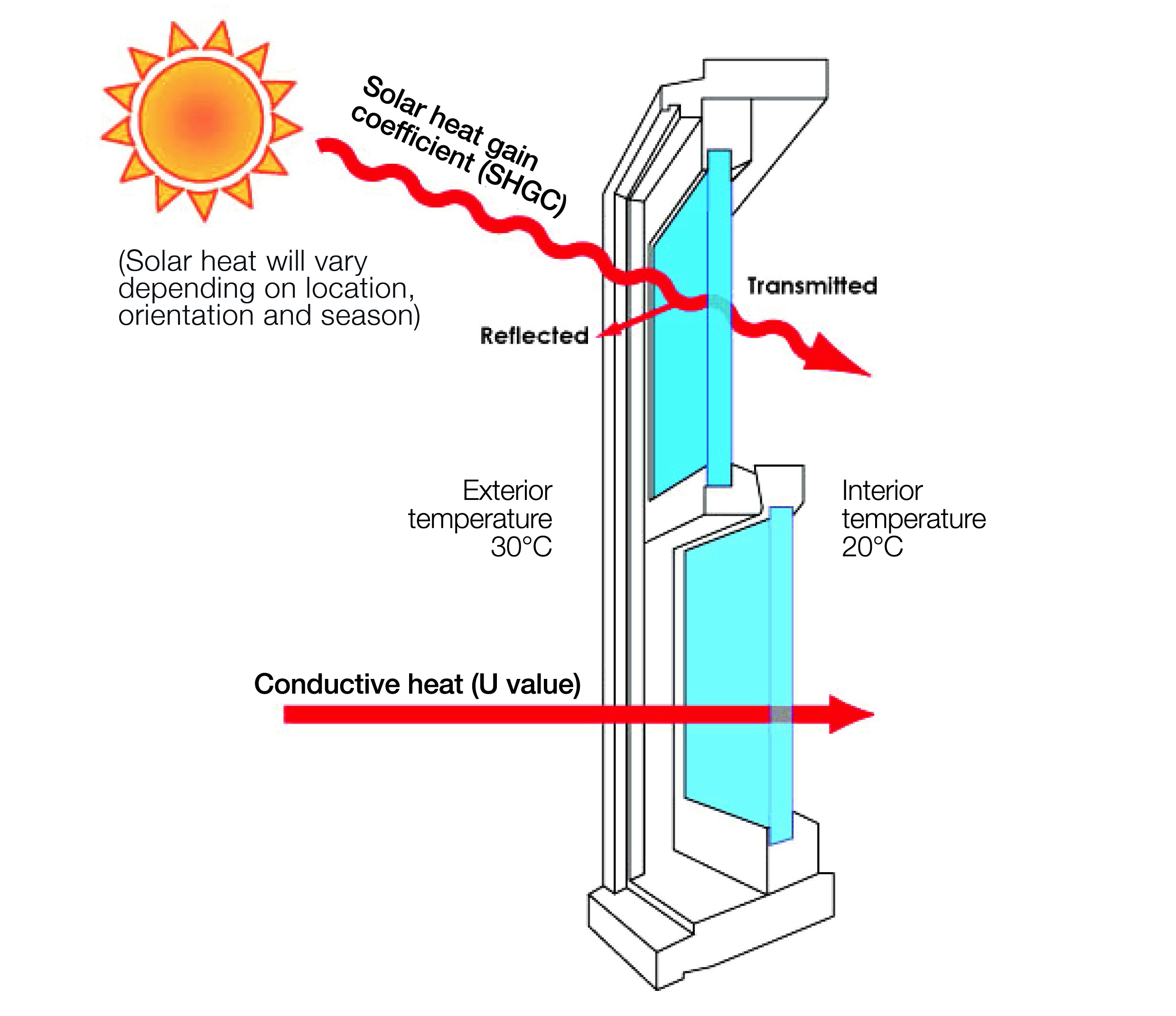All Categories
Featured
Table of Contents
Guide To Double Glazing – Functional And Energy Efficient in Shelley WA
That window can transmit more solar heat in winter season than in summertime. A west-facing window on a summer's afternoon has an angle of incidence from near 0 as much as 30 with a big reliable location of solar radiation. A north-facing window, in summer season, has a high angle of incidence and a low reliable area of solar radiation, so can send less heat than a west-facing one.

You can quickly and easily enhance the thermal efficiency of your house by changing your windows. There are thousands of types of glass and frames to choose from.
Upvc Double Glazed Windows Australia in Carramar WA
Single glazing with clear glass is not extremely efficient when it comes to heat loss or gain. To enhance performance, you can use single glazing with a more energy-efficient type of glass such as low emissivity (low-e) glass.
The energy efficiency of IGUs also depends on: the residential or commercial properties of each layer of glass. Various glass types (for example, clear and low-e glass) can be put together in an IGU.
Double Glazing Perth in Carine WA

IGU cavities can be filled with air or a more inert, low-conductivity gas such as argon the width of the cavity. Cavity thickness is generally 6 to 18mm. Broader cavities supply lower (much better) U values, with 12mm normally accepted as the favored gap how well the cavity is sealed. Cavities should be dry and well sealed to prevent moisture getting in.
If argon is set up to the cavity in place of air, wetness is reliably omitted the level of desiccant (drying representative). The spacer (metal or polymer strip) that separates the glass layers includes a desiccant to absorb any moisture. Inadequate desiccant might cause moisture to condense on the glass surface in cold conditions, decreasing thermal performance.
Glazing And Glass Options - Smarter Homes in Burswood Western Australia
IGUs can provide better energy performance for all environments, specifically in heated and air-conditioned homes. Cross-section information of single, double and triple-glazing units Low emissivity glass (typically called low-e glass) decreases heat transfer. Low-e glass may be either high or low transmission: High transmission low-e glass has a finish that permits daylight from the sun to enter your house to achieve great solar heat gain, but lowers the amount of the long wavelength infrared heat that can get away back through the window.
Low-e glass has either a pyrolytic finishing or a vacuum-deposited thin film metal finishing. Pyrolytic finishes are durable and can be utilized for any glazing; vacuum-deposited coverings are soft and are only utilized within IGUs. Low-e coverings can considerably enhance both U worth and SHGC; nevertheless, they must be used properly or they will either deteriorate or fail to carry out as required.
How To Retrofit Your Windows With Double Glazing, And Keep ... in Edgewater Western Australia
Low-e coatings can be utilized in combination with clear, toned or reflective glass. Low-e finishes on glazing can lower heat transfer where required Photo: Department of Market, Science, Energy and Resources Toned glass has colouring additives consisted of during manufacture. It is available in various colours, generally bronze, grey, blue and green.
Table of Contents
Latest Posts
Reasons Why Double Glazed Windows Are A Good Idea in North Fremantle Perth
Replacement Double Glazing - Upvc Windows in Kelmscott Perth
Reasons Why Double Glazed Windows Are A Good Idea in Wilson Western Australia
More
Latest Posts
Reasons Why Double Glazed Windows Are A Good Idea in North Fremantle Perth
Replacement Double Glazing - Upvc Windows in Kelmscott Perth
Reasons Why Double Glazed Windows Are A Good Idea in Wilson Western Australia